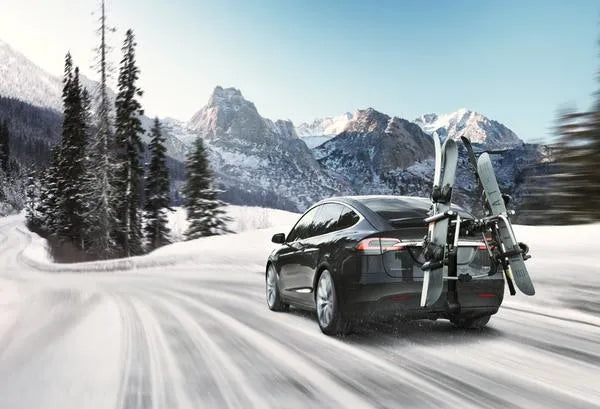
Understanding DC Rapid Charging Varieties
There are several kinds of DC rapid charging connectors, including:
-
Unified Charging Approach (UCA): Predominantly seen in North America and Europe, this connector merges AC and DC charging capabilities. Due to its adaptability, many EV models opt for this.
-
QuickPower: An invention by Japanese automakers, older versions of Nissan and Mitsubishi EVs typically have QuickPower connectors. However, the trend is shifting towards UCA for newer vehicles.
-
Tesla Charging Network: Exclusive to Tesla cars, this unique connector is meant for rapid charging at Tesla stations. However, adapters can be procured for Teslas to be compatible with other charging networks.
-
E-Charge: Primarily found in China, this connector targets the Chinese EV clientele.
Tips for Effective DC Rapid Charging:
-
Identify Your Vehicle and Connector: Verify if your EV is DC rapid charging-compatible and if the connector matches the charging station's type. Knowing about connector varieties aids in ensuring a seamless charging experience.
-
Reserve Rapid Charging for Crucial Times: Excessive usage of rapid charging can produce more heat, potentially reducing your EV's battery lifespan. It's best used for extended trips or when a swift power boost is essential.
-
Adopt the 80% Charging Approach: It's advisable to disconnect your EV once it's 80% charged. The charging pace declines after this point, aiming to extend the battery's longevity.
Grasping EV Charging Levels:
-
Level 1 Charging: This method offers 4-6 miles of range per hour, being the least rapid option.
-
Level 2 Charging: Using 220-240 volts, it provides around 200 miles of range in less than 10 hours.
-
DC Rapid Charging: This method can power up an EV from 0% to 80% in just about half an hour.
Challenges with DC Rapid Charging:
Though DC rapid charging is beneficial in terms of its speed, there are a few challenges:
-
Battery Wear and Tear: The heightened power during rapid charging can strain the EV's battery, potentially reducing its lifespan with excessive usage.
-
Scarce Stations: Compared to Level 2 stations, rapid charging stations are not as widespread. Their availability might be scarce in some areas.
-
Expense: Rapid charging might have a steeper cost per unit than its counterparts. It's vital to consider this when thinking about your charging routine.
Making the Most of DC Rapid Charging:
-
Chart Out Your Charging Halts: For longer trips, pre-plan your stops at rapid charging locations. This ensures effective recharging without going off your path.
-
Watch the Battery Heat: If your EV shows battery temperature, refrain from charging when it's exceedingly warm to prevent faster wear and tear.
-
Smart Charging Decisions: Unless necessary, don't fully charge your EV using rapid charging. Keeping the battery between 20% and 80% is ideal for its health.
Is Every EV Compatible with DC Rapid Chargers?
Not all EVs can employ rapid chargers. The ability to do so is based on the EV's design and features. Modern EVs are generally equipped for rapid charging, but this might not be the case for older versions.
Always verify your EV's details and seek advice from the manufacturer about its rapid charging capabilities. It's also imperative to ensure the charging station's connector aligns with your EV's port.
Lastly, when pondering over home vs. public charging, be sure to discern the charging options your EV can handle in diverse scenarios.




1317 Comments
xYCeyivE
UJaGjowEIgQcxFuB
cmJXrfEkdoSUz
yQczDawsHP
tkwhEIraDuXp